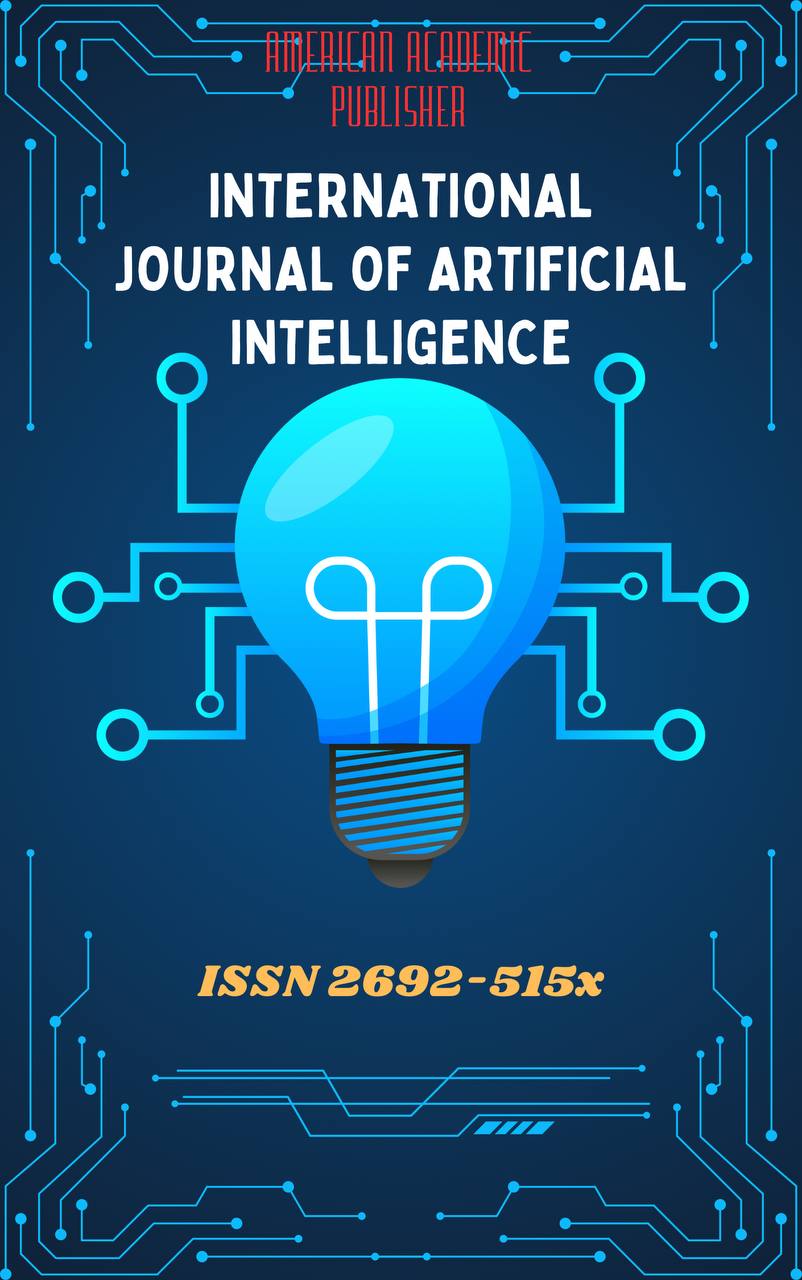 Articles
| Open Access |
Articles
| Open Access | THE RELATIONSHIP BETWEEN NEUROLOGICAL DISORDERS AND SPEECH IMPAIRMENTS. AUTISM SPECTRUM DISORDERS AND SPEECH DEVELOPMENT
Nosirova Umida Abdusattarovna , New Century University Senior Lecturer, Department of Special PedagogyAbstract
This article examines the complex relationship between neurological disorders and speech impairments, focusing on how various neurological conditions affect speech development and communication abilities. Neurological disorders such as cerebral palsy, epilepsy, and neurodegenerative diseases often lead to speech and language difficulties due to their impact on the brain’s motor and cognitive functions. A significant emphasis is placed on Autism Spectrum Disorders (ASD), which are characterized by challenges in social interaction, communication, and repetitive behaviors. The paper explores how ASD affects speech and language acquisition, including issues such as delayed speech onset, echolalia, and difficulties in pragmatic language use. It also discusses the role of neurobiological factors, genetic influences, and environmental triggers in shaping speech development in individuals with ASD. Furthermore, the article reviews contemporary research findings on the neurological basis of speech impairments, covering diagnostic criteria, assessment methods, and intervention strategies. Various therapeutic approaches, including speech therapy, behavioral interventions, and assistive communication technologies, are analyzed in terms of their effectiveness in improving communication skills in individuals with neurological and speech disorders. The study highlights the importance of early diagnosis and intervention, emphasizing the role of special education and clinical pedagogy in addressing speech impairments. By understanding the interplay between neurological disorders and speech development, educators, clinicians, and researchers can create more effective support systems and treatment plans to enhance the communication abilities and quality of life of affected individuals.
Keywords
Neurological disorders, Speech impairments, Autism Spectrum Disorder (ASD), Speech and language development, Communication difficulties, Neurodevelopmental disorders, Special pedagogy, Clinical foundations of speech therapy, Early intervention, Speech therapy, Diagnostic assessment, Language acquisition, Assistive communication technologies, Cognitive and motor impairments, Speech delay, Echolalia, Pragmatic language disorders, Neurobiological factors, Genetic influences on speech development, Environmental triggers in speech disorders, Aphasia, Dysarthria, Childhood apraxia of speech, Cerebral palsy and speech issues, Epilepsy-related speech disorders, Neurolinguistics, Behavioral interventions for speech therapy, Sensory processing and speech development, Alternative and augmentative communication (AAC), Social communication deficits, Brain plasticity and language learning, Special education strategies for speech impairments.
References
American Speech-Language-Hearing Association (ASHA). (2021). Speech and Language Disorders in Neurological Conditions. Retrieved from www.asha.org
Bauman, M. L., & Kemper, T. L. (2005). Neuroanatomic observations of the brain in autism: A review and future directions. International Journal of Developmental Neuroscience, 23(2-3), 183-187.
Bishop, D. V. M. (2014). Ten questions about language development: A review of the literature. Journal of Child Psychology and Psychiatry, 55(4), 446-462.
Dawson, G., Rogers, S., Munson, J., Smith, M., Winter, J., Greenson, J., & Donaldson, A. (2010). Randomized, controlled trial of an intervention for toddlers with autism: The Early Start Denver Model. Pediatrics, 125(1), e17-e23.
Kanner, L. (1943). Autistic disturbances of affective contact. Nervous Child, 2, 217-250.
Kent, R. D. (2004). The speech sciences and communicative disorders. Boston: Pearson.
Lord, C., & Jones, R. M. (2012). Annual research review: Re-thinking the classification of autism spectrum disorders. Journal of Child Psychology and Psychiatry, 53(5), 490-509.
Paul, R., & Norbury, C. (2012). Language disorders from infancy through adolescence: Listening, speaking, reading, writing, and communicating. St. Louis, MO: Elsevier Health Sciences.
Pennington, B. F., & Bishop, D. V. (2009). Relations among speech, language, and reading disorders. Annual Review of Psychology, 60, 283-306.
Tager-Flusberg, H., Paul, R., & Lord, C. (2005). Language and communication in autism. In F. R. Volkmar (Ed.), Handbook of autism and pervasive developmental disorders (3rd ed., pp. 335-364). Hoboken, NJ: Wiley.
Wetherby, A. M., & Prizant, B. M. (2000). Autism spectrum disorders: A developmental perspective. In A. M. Wetherby & B. M. Prizant (Eds.), Autism spectrum disorders: A transactional developmental perspective (pp. 1-33). Baltimore: Brookes.
World Health Organization (WHO). (2022). Neurological Disorders: Public Health Challenges. Geneva: WHO Press. Retrieved from www.who.int
Article Statistics
Downloads
Copyright License

This work is licensed under a Creative Commons Attribution 4.0 International License.

